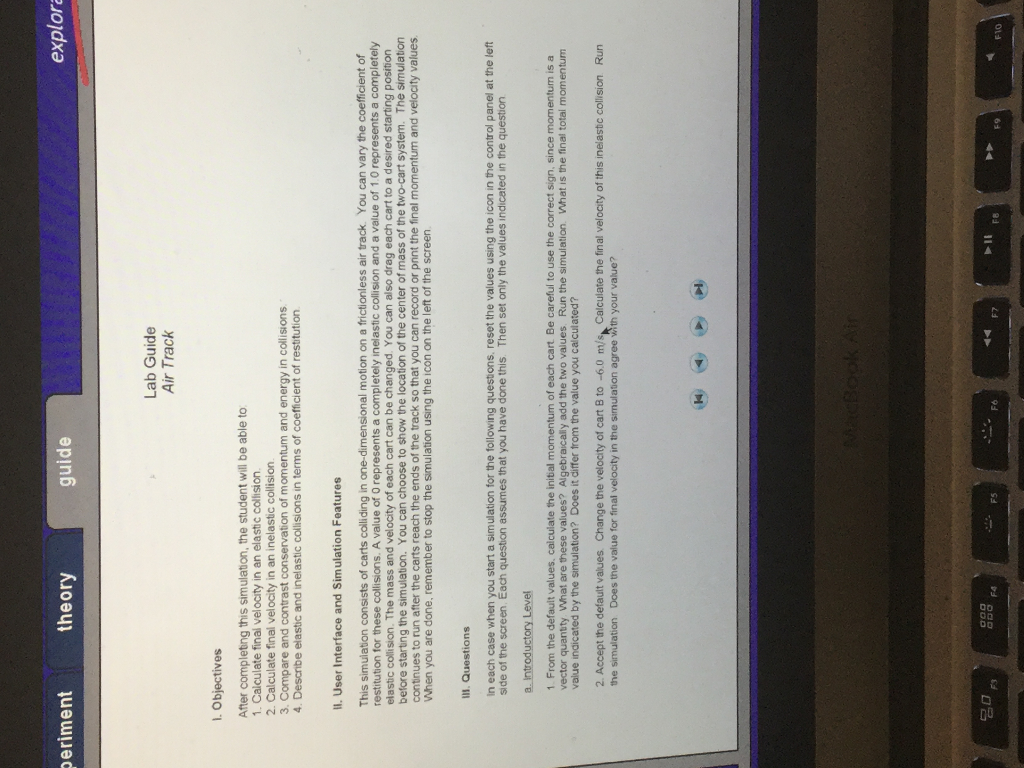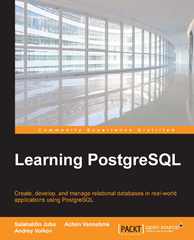Answered step by step
Verified Expert Solution
Question
1 Approved Answer
After completing this simulation, the student will be able to Calculate final velocity in an elastic collision Calculate final velocity in an inelastic collision Compare

Step by Step Solution
There are 3 Steps involved in it
Step: 1

Get Instant Access to Expert-Tailored Solutions
See step-by-step solutions with expert insights and AI powered tools for academic success
Step: 2

Step: 3

Ace Your Homework with AI
Get the answers you need in no time with our AI-driven, step-by-step assistance
Get Started


